The debate over peeing in the shower continues, with many advocating for the practice due to its water-saving benefits. However, Dr. Alicia Jeffrey-Thomas, a pelvic health specialist, warns that for those assigned female at birth, this habit could have unintended health consequences.
The Water Conservation Argument
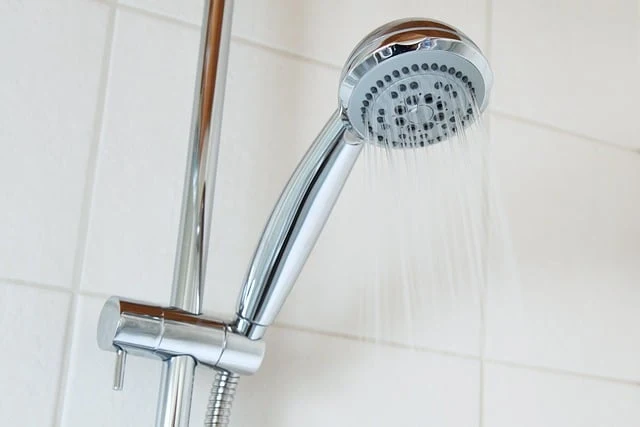
One of the strongest arguments for urinating in the shower is its potential to save water. By eliminating the need for a separate toilet flush, a person could save approximately 2,190 liters (579 gallons) of water per year. If the entire U.S. population adopted this practice, it could lead to an annual water savings of 699 billion liters (185 billion gallons). This significant reduction in water consumption highlights the environmental advantages of shower urination.
Potential Health Risks: The Pelvic Floor Connection
Despite the environmental benefits, the potential health consequences of this habit must be considered. Dr. Jeffrey-Thomas explains in a TikTok video that regularly peeing in the shower may lead to pelvic floor and bladder control issues.
The Pavlovian Response
Dr. Jeffrey-Thomas likens this habit to Pavlov’s classical conditioning experiment, where dogs learned to associate the sound of a bell with food. Similarly, repeatedly urinating in the shower can train the brain to link the sound of running water with the urge to pee. This association may result in involuntary urination triggered by running water sounds, such as a faucet, toilet flush, or even rain.
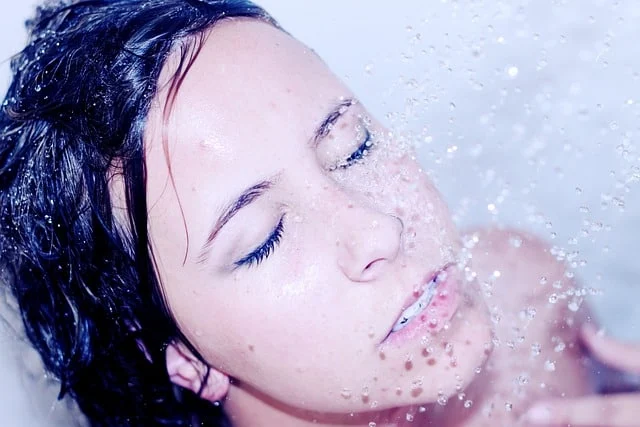
Pelvic Floor Dysfunction Risks
For individuals with existing pelvic floor dysfunction, this learned association can exacerbate bladder control problems. Dr. Jeffrey-Thomas explains that urinating while standing in the shower does not allow the pelvic floor muscles to fully relax, potentially leading to incomplete bladder emptying. Over time, this can contribute to urinary retention and increase the risk of urinary tract infections (UTIs).
Some argue that squatting while urinating in the shower might alleviate pelvic floor strain. Dr. Jeffrey-Thomas acknowledges that a full squat position allows for better pelvic floor relaxation, but she still advises against making shower urination a habit. If one must urinate in the shower, a proper squatting position is preferable to standing.
Why Doesn’t Toilet Flushing Trigger the Same Response?
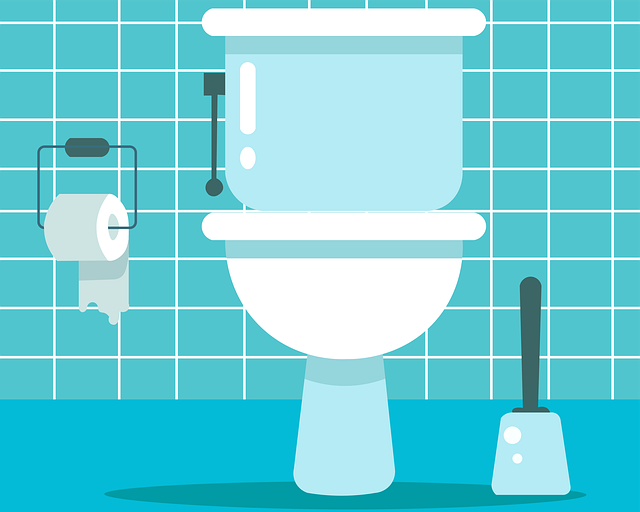
A common question is why flushing the toilet doesn’t condition the brain in the same way. Dr. Jeffrey-Thomas clarifies that by the time a person flushes the toilet, they have already urinated, so no association is formed. However, individuals who struggle to resist the urge to urinate when exposed to running water may already have underlying bladder control issues.
Understanding Pelvic Floor Dysfunction

Pelvic floor dysfunction is a common condition, particularly among women. The pelvic floor is a group of muscles that support the bladder, uterus, rectum, and other organs. Dysfunction occurs when these muscles become too weak or too tight, leading to symptoms such as:
- Urinary and bowel incontinence
- Lower back pain
- Pain during intercourse
- Increased urgency or frequency of urination

Factors such as childbirth, surgery, aging, obesity, and high-impact activities can contribute to pelvic floor dysfunction. Given that urinating in the shower might worsen symptoms, individuals should be aware of these risks before adopting the habit.
The Biological Factor: Why Female Anatomy Matters
Dr. Jeffrey-Thomas emphasizes that those with female anatomy are not designed to urinate while standing. Unlike male anatomy, where the positioning allows for better bladder emptying while standing, females may struggle to fully relax the pelvic floor in this position. This can lead to incomplete bladder emptying, increasing the risk of UTIs and other urinary complications.
Pros and Cons of Peeing in the Shower
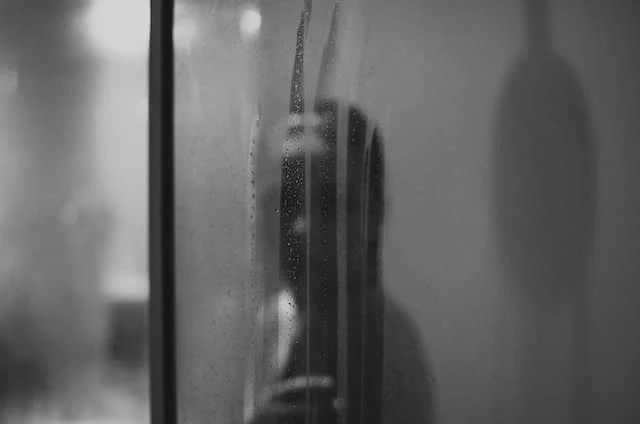
Pros:
- Water conservation: Reduces toilet water usage significantly.
- Convenience: Saves time, particularly during a rushed morning routine.
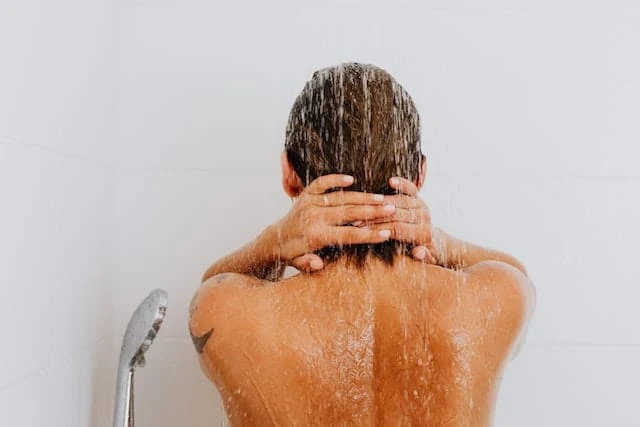
Cons:
- Pelvic floor health risks: May contribute to bladder control issues and pelvic dysfunction.
- Conditioned response: Can create an involuntary urge to urinate when exposed to running water.
- Sanitation concerns: While urine is mostly sterile, it can still contain bacteria that may pose hygiene risks.

The Bottom Line
While peeing in the shower may seem like an eco-friendly and convenient habit, it is important to weigh the potential health risks. Dr. Alicia Jeffrey-Thomas’s insights serve as a reminder to consider the long-term effects of our daily routines. Striving for sustainability should not come at the cost of personal health. Ultimately, making an informed decision based on both environmental and health factors is key to maintaining overall well-being.
А mоthеr gаins оnlinе аttеntiоn fоr thе shirt shе соmреllеd hеr sоn tо wеаr tо sсhооl.
A Texas mom decided to teach her son a lesson after she learned a valuable thing about his personaIity. The boy was causing trouble in school. Administrators at the school he attended came to his mom to explain that he was a bully toward other students at the educational institution.
The Texas mom claimed that her son went down the wrong path and was calling other students “idiots” and “stupid,” which is why the mom decided to make her bully son wear a T-shirt that proclaimed, “I am a BULLY.” Mom wanted her son to be recognized as a bully at Greenleaf EIementary School in his community.
She knew that other students at the school had heard that her son was a horrible person to other students. However, she wanted everyone to know that she believed them, and that’s why she forced her son to wear a T-shirt that humiliated him in front of hundreds of people at the school – not to mention thousands of people onIine who saw his mom’s social media post on Facebook. See the image of the shirt down below:
“He was calling other boys stupid (and) calling them idiots,” the Texas mom, Star, who asked that she be identified by her first name only, told KTRK-TV. “I’m a very old-school parent. I don’t coddle my children. I don’t sugarcoat the world to them.”
Star wanted as many people as possible to know that her son was a bully, so she posted a picture of the boy wearing the T-shirt to her Facebook account. Star wrote, “I posted it to reach out to the parents of any of the kids my son may have bullied so that each one of them couId get a personal apology.”
Although some people felt that Star went too far when it came to punishing her bully son, Star stood behind her actions and defended herself against critics in the online community. “I wanted to know what he learned from it, and he said, ‘I learned that I didn’t likе the way that that felt, and I don’t want anybody else to feel that way because of me,’” Star said. “That’s exactIy what I wanted him to take from it.” Professionals in the child development world do not support Star’s punishment.
Although her son was a bully who was hurting other children, a child psychiatrist at Baylor College of Medicine denounced Star’s treatment of her son. “Not a good idea to embarrass your child and solidify a negative identity in an elementary school child,” the child psychiatrist said. “She needs to find somebody to help her, and I think the school is one resource.” AIthough Star had critics on social media and across the internet, she claimed that her son’s school district approved of her decision. Splendora ISD said, “parents have the right to make important decisions and take certain actions on behalf of their child.” What do you think about this mom’s punishment of her bully son?



Leave a Reply